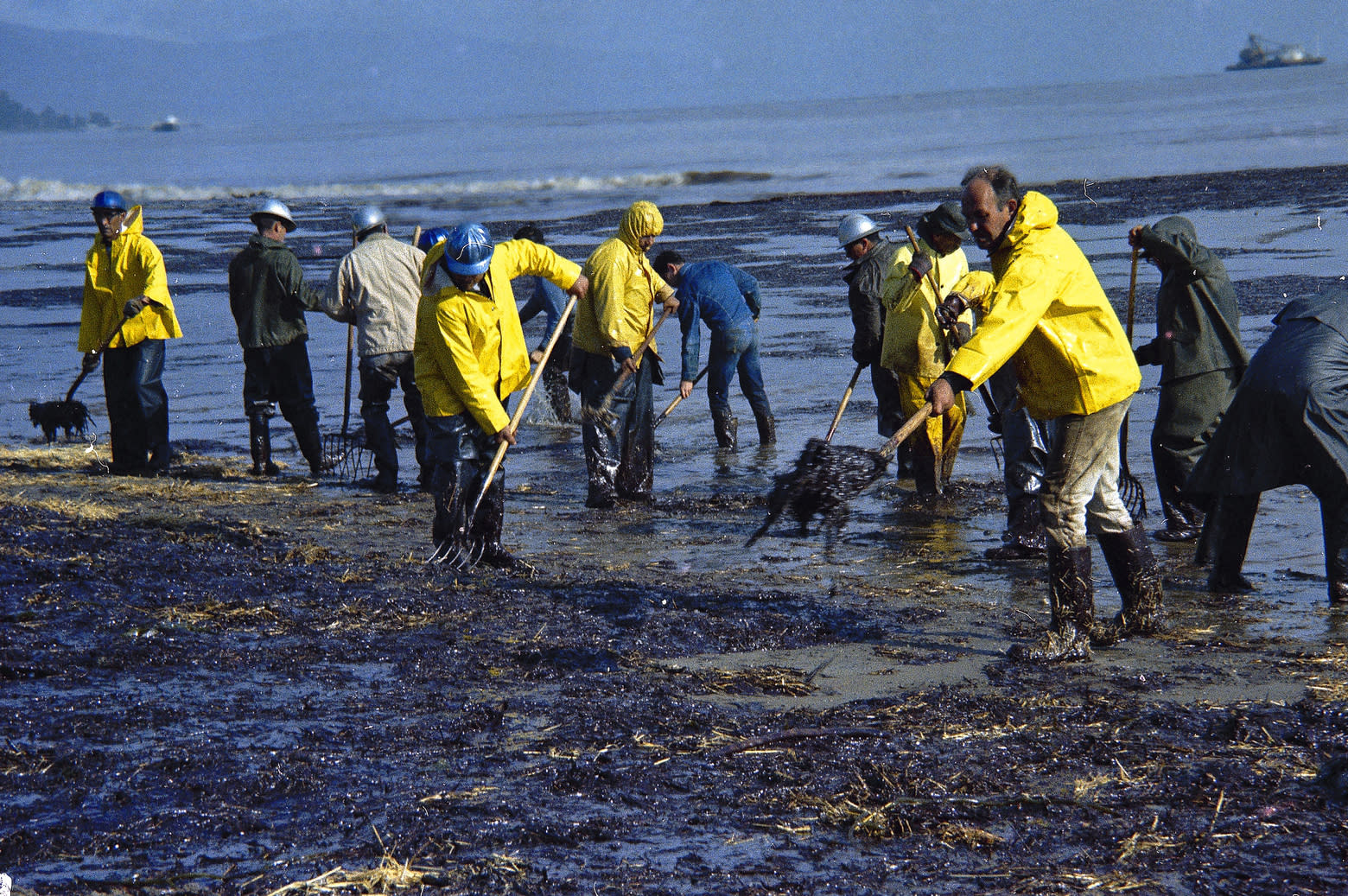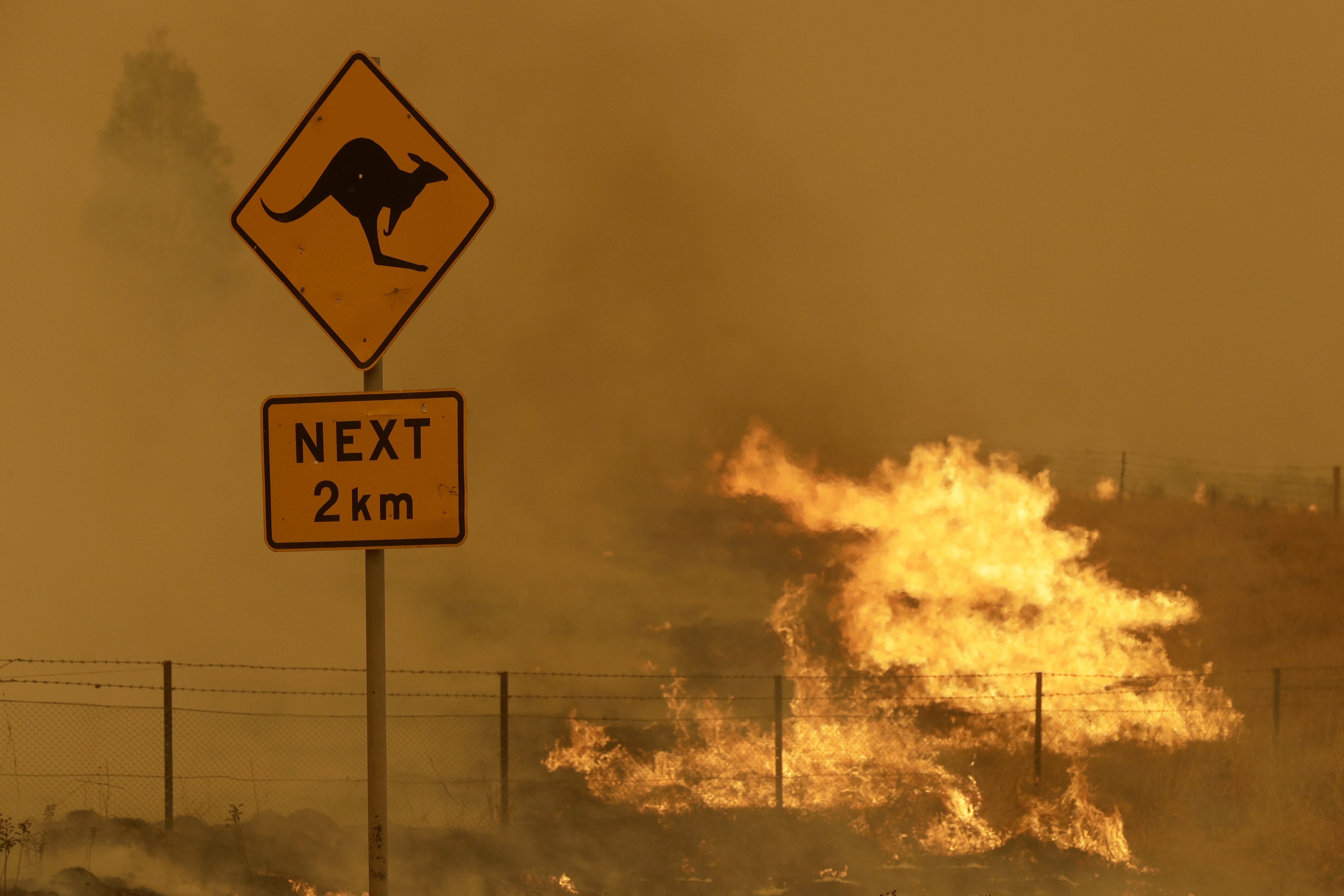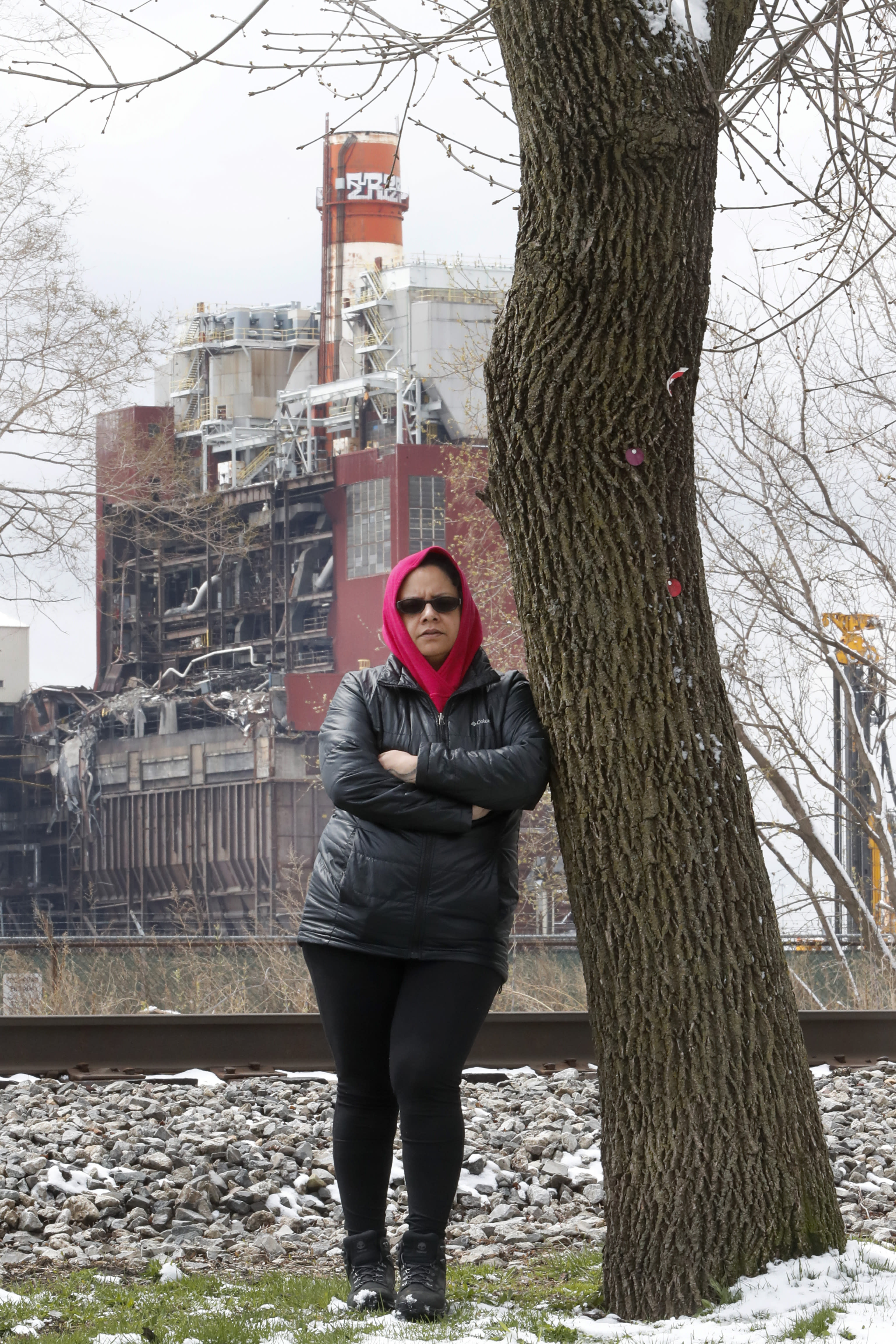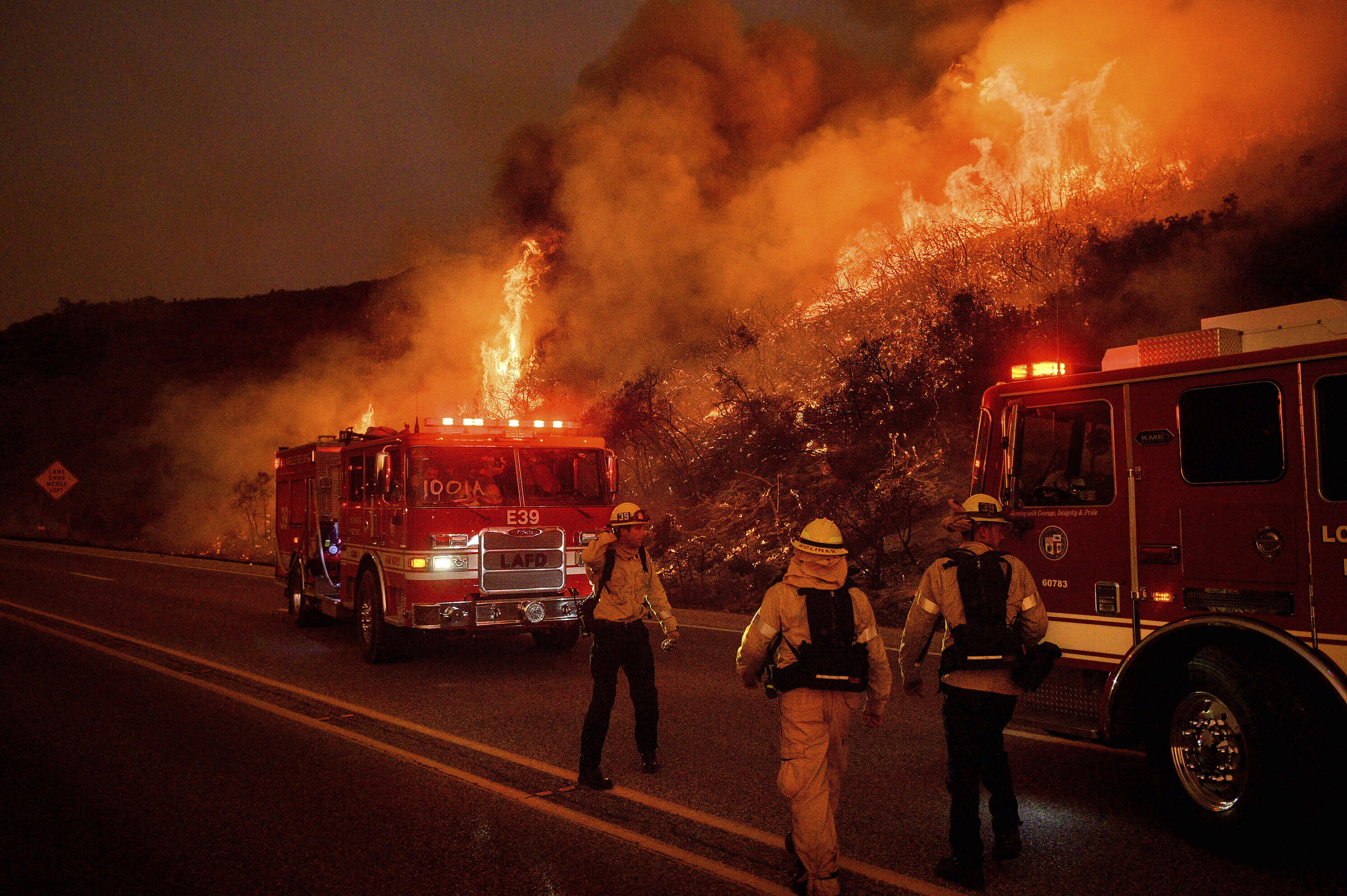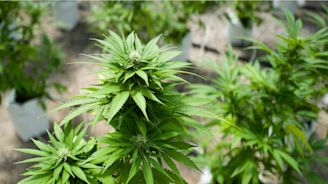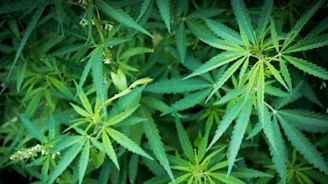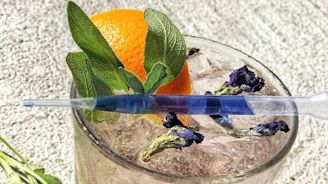Progress Report #213
Your weekly update on Alberta politics for April 21, 2020
Last week the NDP and UFCW 401 warned that a coronavirus outbreak was underway at the Cargill meat packing plant in High River, urging Cargill to immediately put the facility staff on paid leave and stop the spread of infection.
Jason Kenney and the UCP, siding with the plant owners over the plant workers, called these warnings alarmist and refused to act. UCP MLA Roger Reid, who represents the Livingstone-Macleod constituency that contains High River, ranted last Thursday that “the misinformation and fear-mongering being put out by the Leader of the Official Opposition is dishonest to hard working Albertans and denigrates the work being done by the Cargill facility to protect their employees.”
On Saturday, agriculture minister Devin Dreeshen said that he’d “directly communicated with workers to reassure them that their worksite is safe.”
The massive outbreak at the Cargill plant makes up more than 15% of all of Alberta’s current coronavirus cases, and it’s getting out into the surrounding community. CUPE is reporting that employees at the Seasons retirement communities in High River are testing positive for the virus.
Sundries
- Doctors in more than 44 rural Alberta communities will be cutting their services as soon as July thanks to cuts to doctor pay brought in by the UCP.
- Owing to a precipitous drop in worldwide demand, Alberta’s bitumen oil--Western Canadian Select--dropped in price this weekend to negative dollars. You read that right: if you’d showed up to the distribution hub in Hardisty with a barrel, they would have paid you to take it away. Only two months ago, long after the coronavirus outbreak was known to be on the way, and in the face of already sinking demand, the UCP government rammed through a budget based on $58/barrel oil. The government itself estimates that by every dollar the price of oil is lower than estimated, the province is out about $350 million in revenue.
- Last week Jason Kenney made a big show of sending away Alberta’s high-quality PPE (personal and protective equipment) to help other provinces--all part of a media push to argue for policy changes that would benefit oil and gas owners. But now Albertan medical workers are reporting that the cheap replacement PPE the government procured for them instead doesn’t fit and doesn’t work.
- The UCP government is fighting back in court to stop hundreds of young adults from accessing benefits meant to help them transition out of the child intervention system. The UCP had sought to take these benefits away already, but were stopped by a constitution challenge brought forward by one of the impacted young people. According to Children’s Services minister Rebecca Schulz, the clawback would amount to over $14 million in cancelled benefits.
- One of Edmonton’s many empty hotels has finally been repurposed to safely house homeless folks during the pandemic. After weeks of foot-dragging by the city and the province, the move was finally made possibly by funding from the federal government. Just over a hundred people will be housed at the Coliseum Inn, which makes you wonder--if no one is renting the hotels for anything else, why are we letting anyone be homeless in Edmonton at all?
That's all for this week. Please share our newsletter with any friends or family who you think would like political news and commentary from a progressive point of view. If someone forwarded this newsletter to you, you can sign up for it here.
If you like what we do and you want us to do more of it, donations to support our ongoing work are always welcome. And if you're interested in volunteering with us, just reply to this email.
